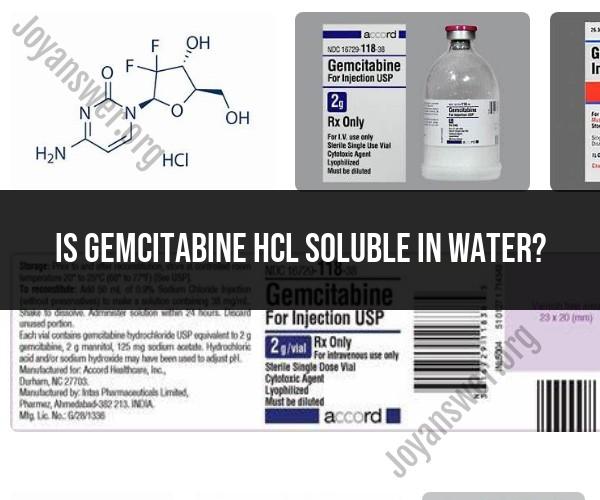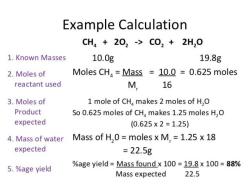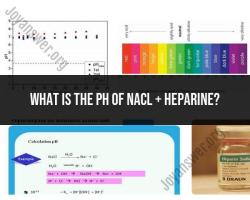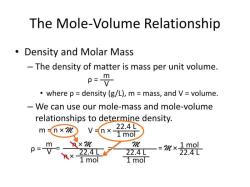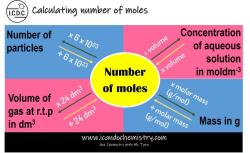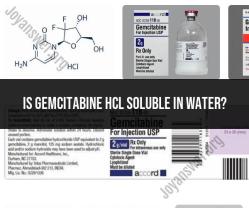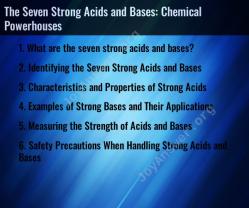Is gemcitabine HCl soluble in water?
Gemcitabine HCl, which is the hydrochloride salt form of gemcitabine, is soluble in water. Gemcitabine is a medication used in the treatment of various cancers, including pancreatic, lung, and breast cancer. The hydrochloride salt form, gemcitabine HCl, is often used in pharmaceutical formulations for intravenous administration, and it readily dissolves in water, making it suitable for use as an injectable solution.
The solubility of gemcitabine HCl in water allows for its effective delivery and administration in clinical settings. However, it's important to note that the solubility of gemcitabine HCl can also depend on factors such as temperature, pH, and the presence of other solvents or excipients in a specific pharmaceutical formulation. Therefore, for precise solubility information and dosage instructions, it's best to consult the specific drug label or a healthcare professional when using gemcitabine for medical purposes.
Solubility of Gemcitabine HCl in Water: A Chemical Inquiry
Gemcitabine hydrochloride (HCl) is a water-soluble drug that is used to treat a variety of cancers, including pancreatic cancer, breast cancer, and non-small cell lung cancer. Gemcitabine HCl is a prodrug, which means that it must be converted to its active form, gemcitabine, by enzymes in the body.
The solubility of gemcitabine HCl in water is 8.24 mg/mL at 25°C. This means that 8.24 mg of gemcitabine HCl can dissolve in 1 mL of water at 25°C. The solubility of gemcitabine HCl in water is affected by a number of factors, including temperature, pH, and the presence of other substances in the solution.
Exploring the Properties and Applications of Gemcitabine HCl
Gemcitabine HCl is a white or almost white crystalline powder with a melting point of 292°C. It is soluble in water, slightly soluble in methanol, and practically insoluble in acetone. Gemcitabine HCl is a cytidine analog, meaning that it is similar to the natural nucleoside cytidine. However, gemcitabine HCl has two fluorine atoms replacing the hydroxyl group on the ribose sugar ring. This modification makes gemcitabine HCl resistant to degradation by enzymes in the body.
Gemcitabine HCl is a cytotoxic drug, which means that it kills cancer cells. It works by interfering with DNA synthesis. Gemcitabine HCl is converted to its active form, gemcitabine, by enzymes in the body. Gemcitabine is then incorporated into DNA, which prevents the DNA from being copied. This prevents the cancer cells from dividing and growing.
Gemcitabine HCl is used to treat a variety of cancers, including:
- Pancreatic cancer
- Breast cancer
- Non-small cell lung cancer
- Bladder cancer
- Ovarian cancer
- Testicular cancer
- Cervical cancer
- Head and neck cancer
Gemcitabine HCl can be administered intravenously (IV) or subcutaneously (under the skin). It is typically given once a week or once every two weeks. Gemcitabine HCl can be used as a single agent or in combination with other chemotherapy drugs.
Factors Affecting Gemcitabine Solubility in Aqueous Solutions
The solubility of gemcitabine HCl in aqueous solutions is affected by a number of factors, including:
- Temperature: The solubility of gemcitabine HCl increases with temperature. This means that more gemcitabine HCl can dissolve in warm water than in cold water.
- pH: The solubility of gemcitabine HCl is highest at a pH of 7.4. This is the pH of the blood and other fluids in the body.
- Presence of other substances: The presence of other substances in the solution, such as salts and sugars, can reduce the solubility of gemcitabine HCl.
Gemcitabine Formulations and Administration Routes
Gemcitabine HCl is available in a number of formulations, including:
- Injection solution: Gemcitabine HCl injection solution is a clear, colorless solution that is administered intravenously.
- Lyophilized powder: Gemcitabine HCl lyophilized powder is a white or almost white powder that is reconstituted with sterile water before administration. It can be administered intravenously or subcutaneously.
- Capsules: Gemcitabine HCl capsules are taken orally. However, gemcitabine HCl is not well absorbed from the gastrointestinal tract, so capsules are not a common way to administer gemcitabine HCl.
Pharmaceutical Considerations for Gemcitabine HCl
Gemcitabine HCl is a potent chemotherapy drug with a number of potential side effects. The most common side effects of gemcitabine HCl include:
- Myelosuppression: Myelosuppression is a decrease in the production of blood cells. This can lead to anemia, neutropenia, and thrombocytopenia.
- Nausea and vomiting
- Hair loss
- Fatigue
- Diarrhea
- Skin rash
- Liver toxicity
- Kidney toxicity
Gemcitabine HCl should be used with caution in patients with liver or kidney impairment. It should also be used with caution in pregnant women and women who are breastfeeding.
Gemcitabine HCl is a valuable chemotherapy drug that is used to treat a variety of cancers. However, it is important to be aware of the potential side effects of gemcitabine HCl before starting treatment.
